In Images: Cut Marks from Samurai Swords and Machetes
Slashing pigs
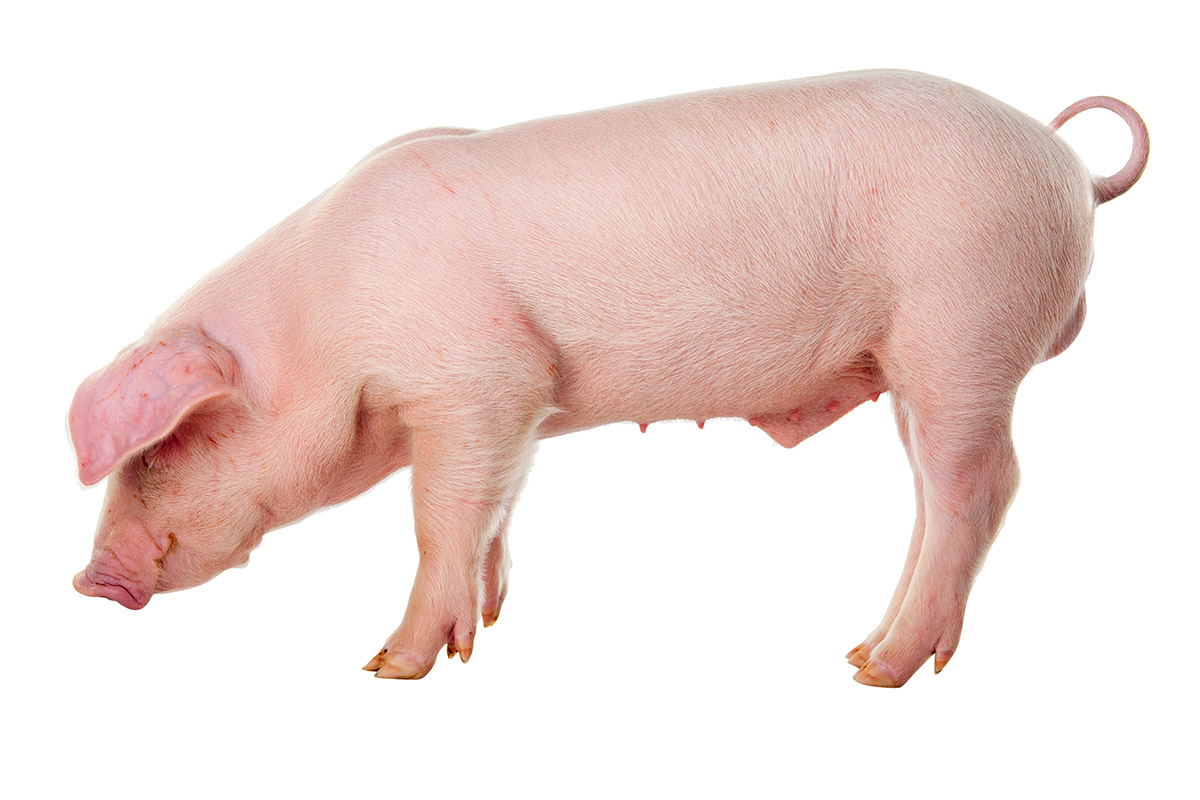
Slashing pigs with swords doesn't sound like science. But that's exactly what scientists had volunteers do — hack away at a pig carcass with a Japanese samurai sword called a katana. [Read more about the stabbing study]
Hacking cases

Actual murder cases inspired the study, said lead author Penny McCardle, a consultant forensic anthropologist to the Newcastle Department of Forensic Medicine in Australia. The cases involved victims slain by katanas. And the researchers wanted to figure out what types of wounds both these samurai swords and machetes would leave behind.
Standing victims
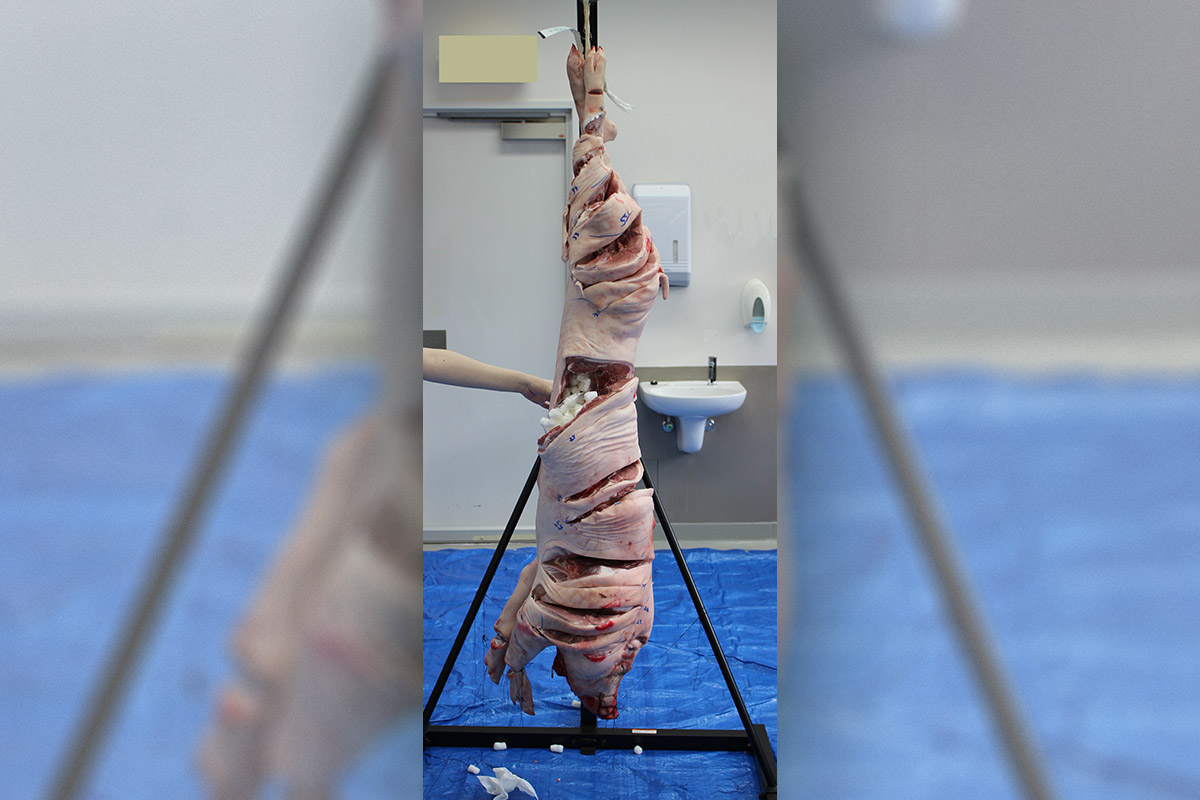
The scientists experimented on male juvenile domestic pig carcasses that they'd purchased from butchers. They packed the carcasses with Styrofoam packing peanuts to keep the internal cavities stable. Then, they hung them from from metal frames to simulate standing victims.
Samurai sword
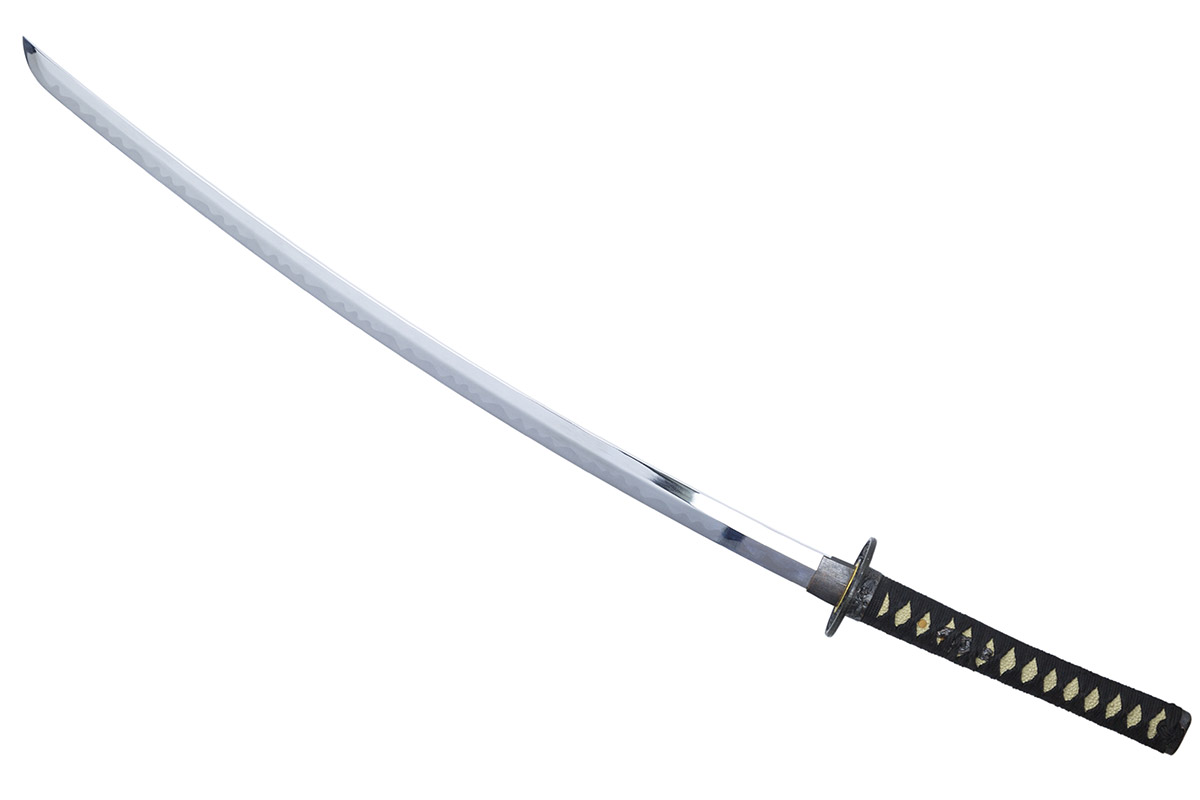
To look at the related cut marks, the researchers had volunteers wield a factory-made machete, a factory-made katana and a katana forged using traditional methods.
Machete science

The scientists included the machete in their study because they realized it is a readily available tool throughout the world and often used in violent crime; even so, there is limited research on the resulting cut marks made by the machete.
Factory-made weapons
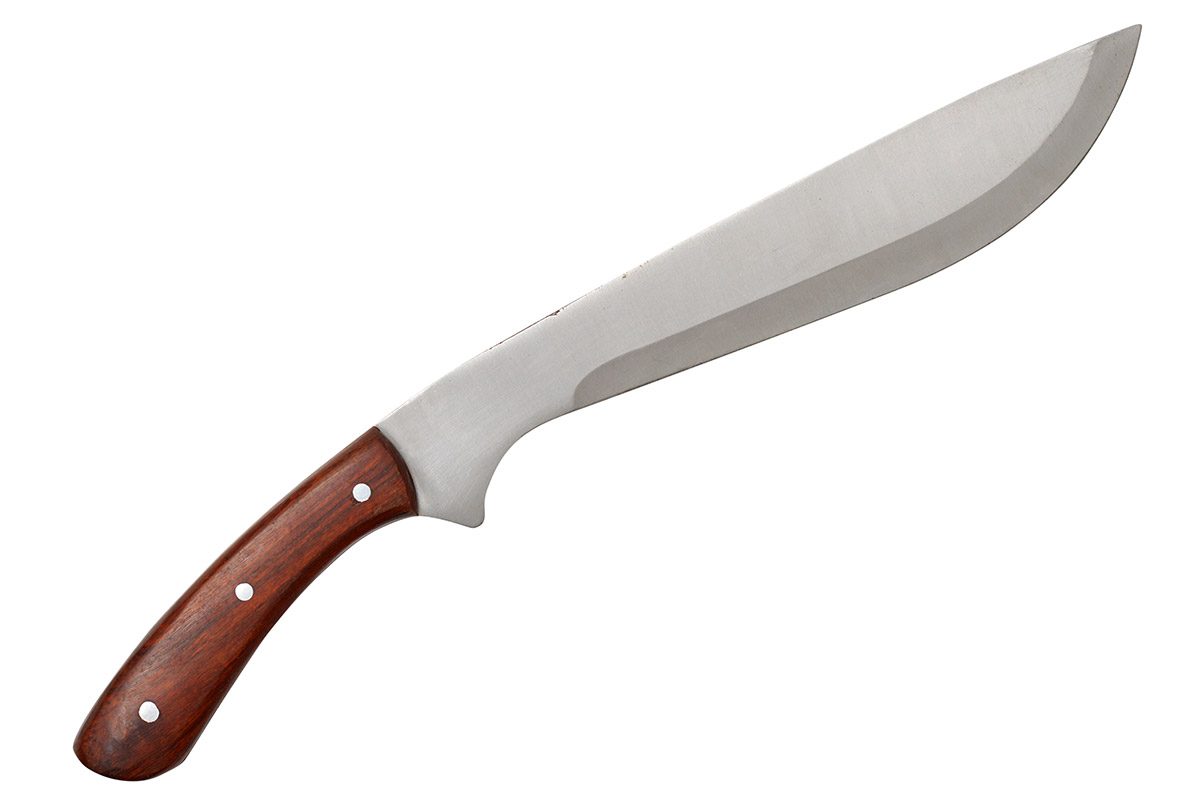
The volunteers who used the factory-made weapons had no prior experience cutting or hacking with those weapons.
Swordsman
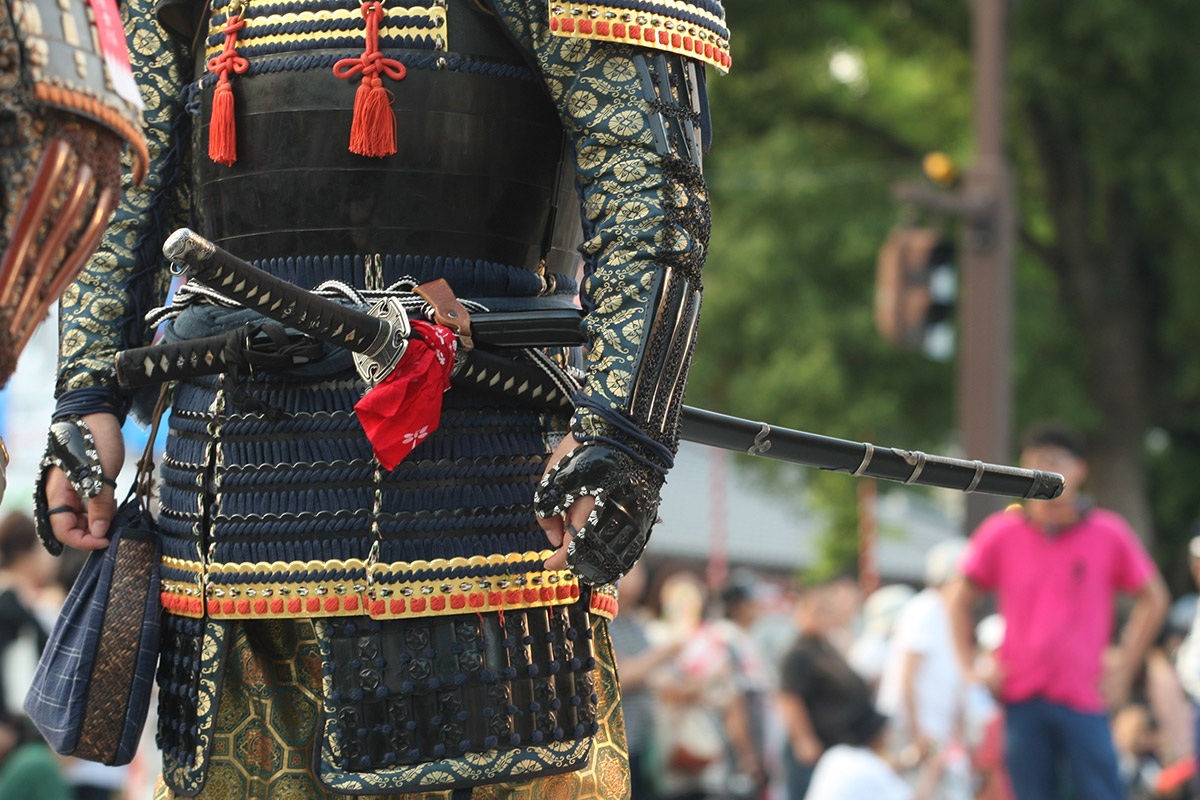
However, the person who wielded the traditional katana had 16 years of experience as a swordsman and performed expert slicing cuts.
Sign up for the Live Science daily newsletter now
Get the world’s most fascinating discoveries delivered straight to your inbox.
Machete marks
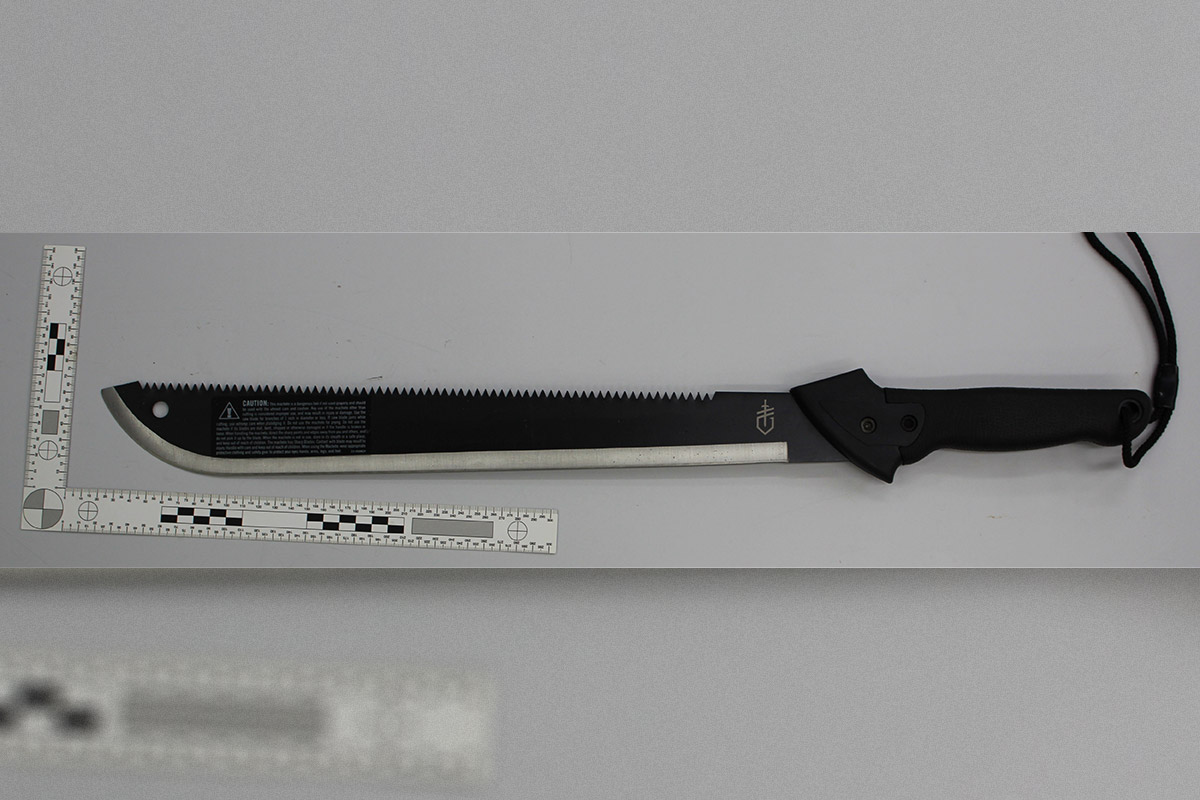
By seeing the wounds on the pig carcasses, scientists could help investigators figure out what kinds of weapons were used in various murder cases.
Chattering
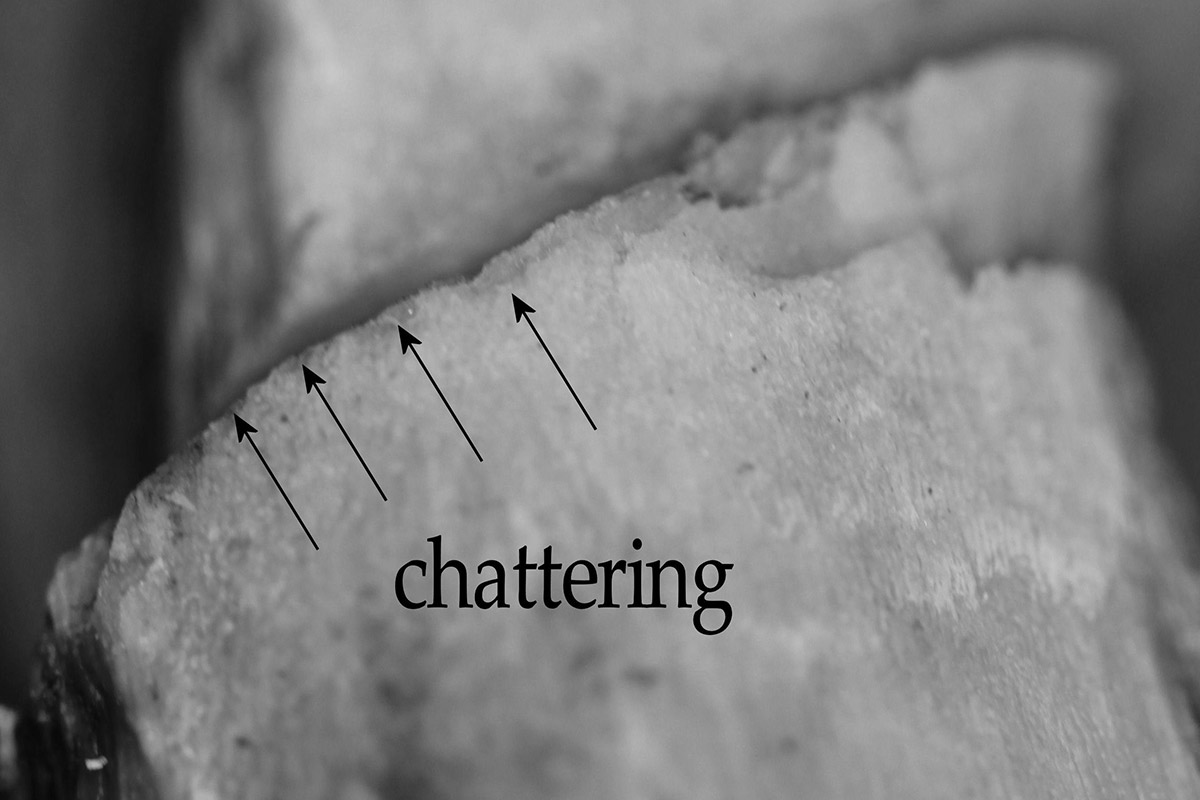
After the volunteers hacked away at the carcass, the researchers examined the resulting cut marks on the pig's ribs, flat bones like the shoulder bone and long bones, such as the limbs.
Chattering
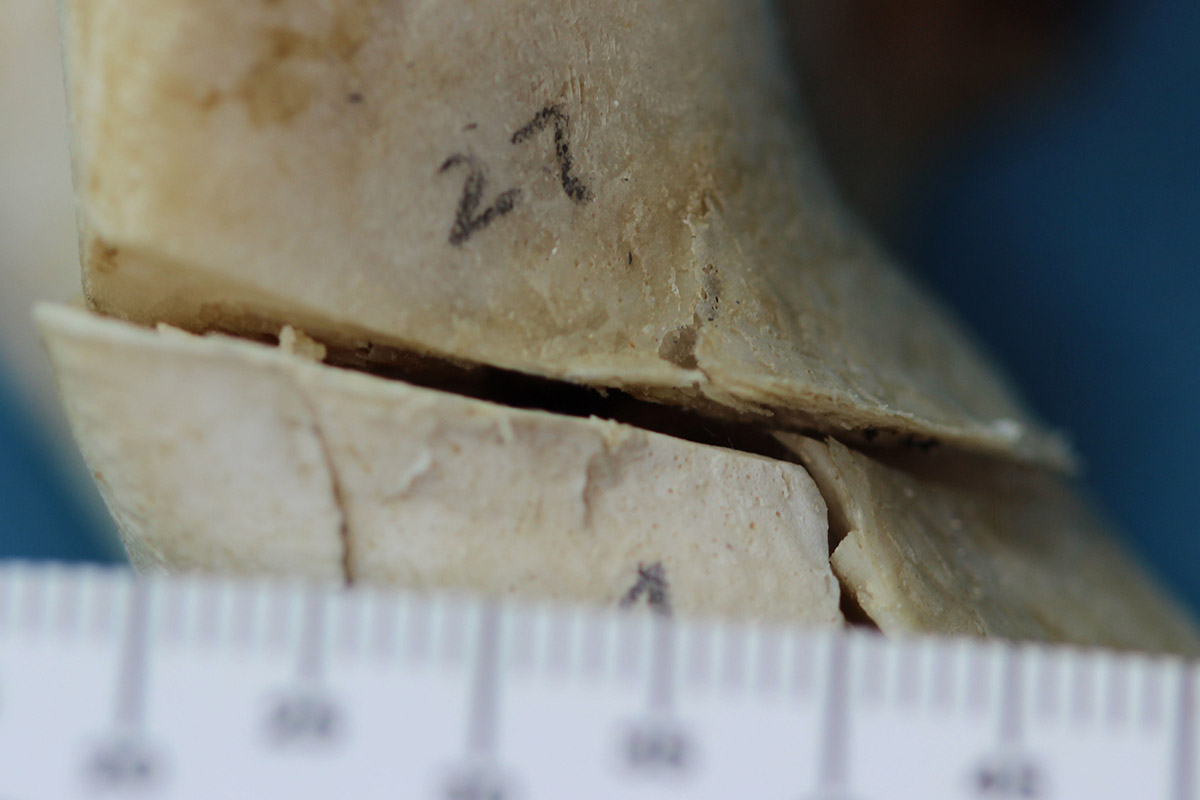
They found that machetes created a unique cut mark called "chattering," or the breaking off of small chips of bone at the edges.
Katana cuts
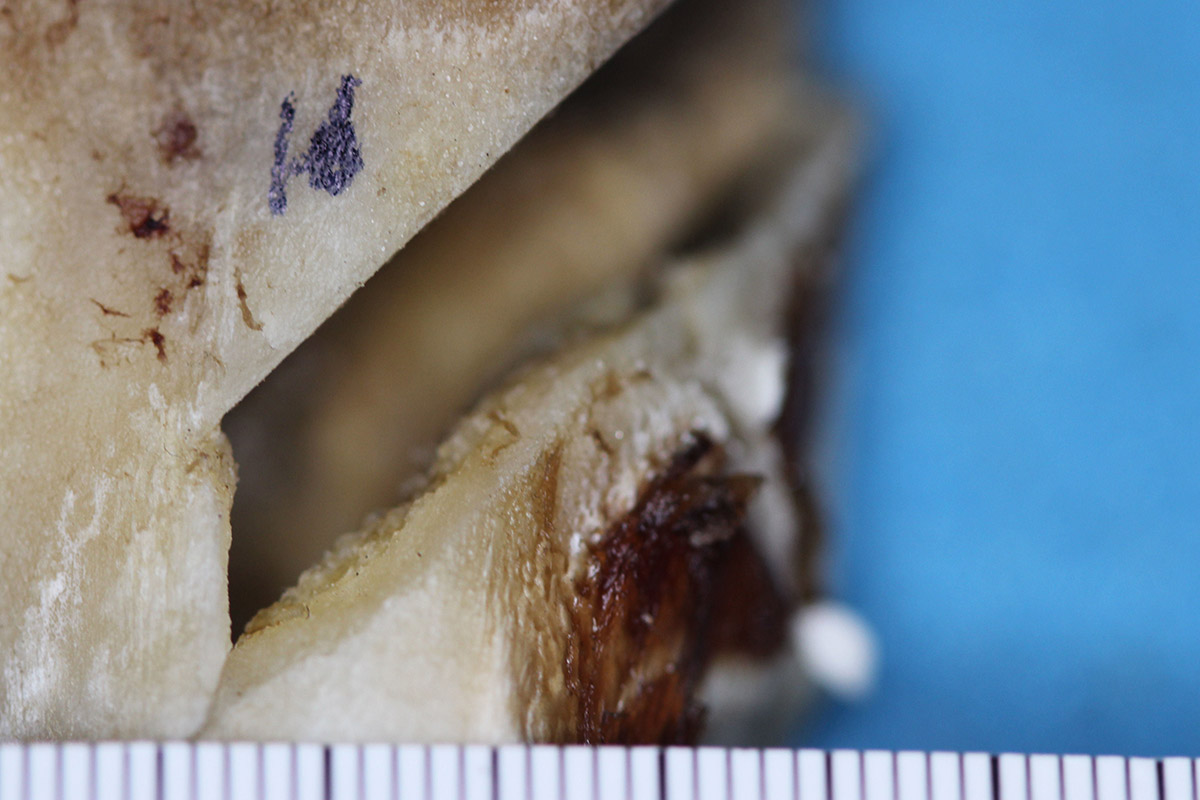
The katana, on the other hand, left unique marks on all three bone types — a tiny bit of curving by the bone away from the entry point of the cut.
Jeanna Bryner is managing editor of Scientific American. Previously she was editor in chief of Live Science and, prior to that, an editor at Scholastic's Science World magazine. Bryner has an English degree from Salisbury University, a master's degree in biogeochemistry and environmental sciences from the University of Maryland and a graduate science journalism degree from New York University. She has worked as a biologist in Florida, where she monitored wetlands and did field surveys for endangered species, including the gorgeous Florida Scrub Jay. She also received an ocean sciences journalism fellowship from the Woods Hole Oceanographic Institution. She is a firm believer that science is for everyone and that just about everything can be viewed through the lens of science.









